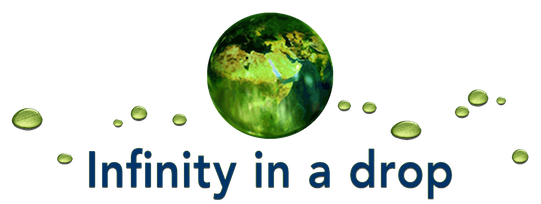
Who am I?
Matthijs Cornelissen
last revision: 13 June 2023
section 3
our character
This is the third in a series of four sections.
If you haven't read the previous sections, you may like to read them first:
Dispositions and competencies
Make a list of all the things that together form your character. Perhaps start with your most important "traits" and then list the less important things. Take into account that they may manifest differently in different areas of your life: you may have courage physically, but not socially; you may be generous with your time, but not with your things, etc. First describe in as honest a manner as you can, how it really is, now. After that, consider for each item whether you're happy with it the way it is, or how you would like to change it.
In our increasingly mobile and shifting society, our relationships, role-behaviours, group-memberships and possessions are becoming less and less fixed. As a result, our identity is becoming less constrained by the social position in which we are born, and begins to depend more on individual differences, on issues of competence and capacity, on traits, dispositions, and temperament, all that we might call, in short, our character, or perhaps our "attitude". It is in these that our individual differences come most to the fore, and one could easily come to the conclusion that with this we have finally arrived at something that we could rightfully call our identity. As students often formulate it, "I am the manner in which I think".
Is that really all there is to who we are?
What about time and change? In what way are we the same person as we were when we were one year old? In what way not? Are we like a river: one in name but never containing the same water?
The Indian tradition holds that what we really are is something quite different from what we appear to be on the surface, and that all that most people know of themselves can change or even disappear without effecting who we really are in our innermost essence. This much virtually all traditions agree on, but about what that essence is, there is less agreement. In many schools of Advaita Vedanta as well as in Samkhya it is held that in our innermost essence we are not only one with the Divine, but also kaivalya, "pure" in the strong and exclusive sense that in our deepest essence we have no distinct qualities. In this view, all our differences are part of universal Nature and as soon as we realise what we really are, our existence as individuals comes to an end. Sivananda, for example, writes that once the ignorance of what we are is overcome, our individual self, or jivatman, merges with the universal self, the paramatman like a drop with the ocean, effectively bringing an end to our individual existence. Though the terminology is different, one could argue that in terms of psychological reality, this comes quite close to the Buddhist idea of anatta, no-self.
This is not so simple — and it is good to be a bit careful with it and not to arrive at any overhaste conclusion — but do you have some sense of what your real svabhava and svadharma might be? Not your present character, but the eternal essence hiding behind it?
If you have, you need to treat it with respect, because it is something sacred, and you may like to keep it secret....
As we have already seen in our discussion of the different concepts of consciousness in Part One, and as we will see later in more practical detail, Sri Aurobindo does not accept this position. He fully agrees that we are in our essence one with the Supreme, but he stresses that the Divine is not only passive, Transcendent and formless, but also dynamic and actively engaged in manifesting this wondrously complex, "qualitied" reality in which we live. And so, to the extent that we are one with the Divine in the deepest depth of our existence, we too, cannot be only pure, silent, and essentially transcendent: we must also be centres of creative dynamism, even in our deepest essence. While the Divine has, intrinsically all qualities, each one of us has only a limited subset of that infinity to express, and it is that subset which determines our svabhava and svadharma, our spiritual nature and law of right action. As such, they don't belong only to the universal Nature in which they manifest, but are also part and parcel of our true, eternal Self. While our surface nature may not have much in common with our true Self, the qualities of that deepest Self will not suddenly disappear once we have overcome our Ignorance. In Sri Aurobindo's view the jivataman is as much eternal as the paramatman: the differentiated individual and the universal are two faces of the same essence.
How exactly our surface nature works and how it relates to our real Self is rather complicated, and can be understood best in the context of a number of related issues. So, in the coming chapters we'll have a quick look at the nature of the Self, the structure of the personality, the different centers of identity in some more detail, the variety of factors that influence our personality, the different types of knowing at our disposal, natural development, and finally, how we can take our psychological development further. Together all these different perspectives will hopefully offer a fairly integral picture of who we are and how we work.
To receive info on
Indian Psychology and the IPI website,
please enter your name, email, etc.